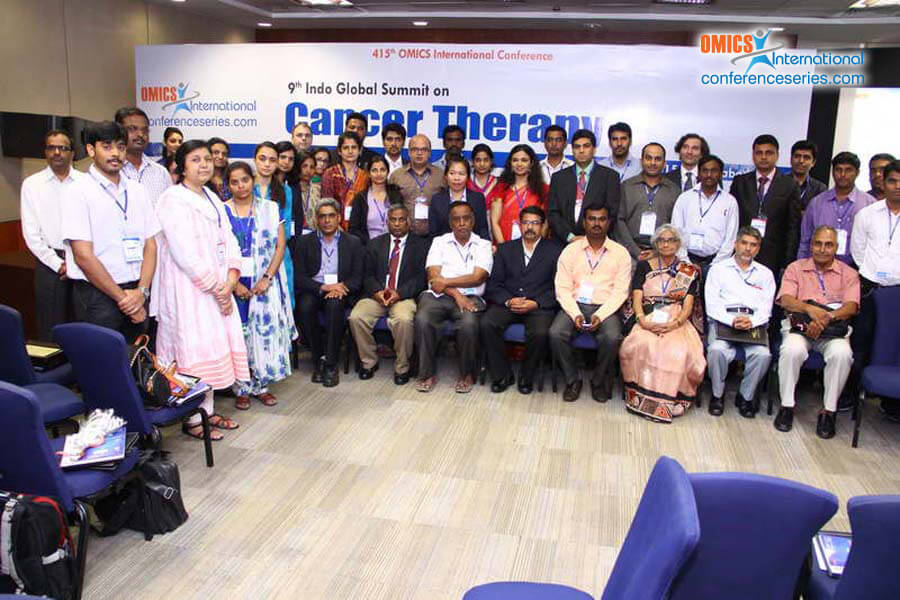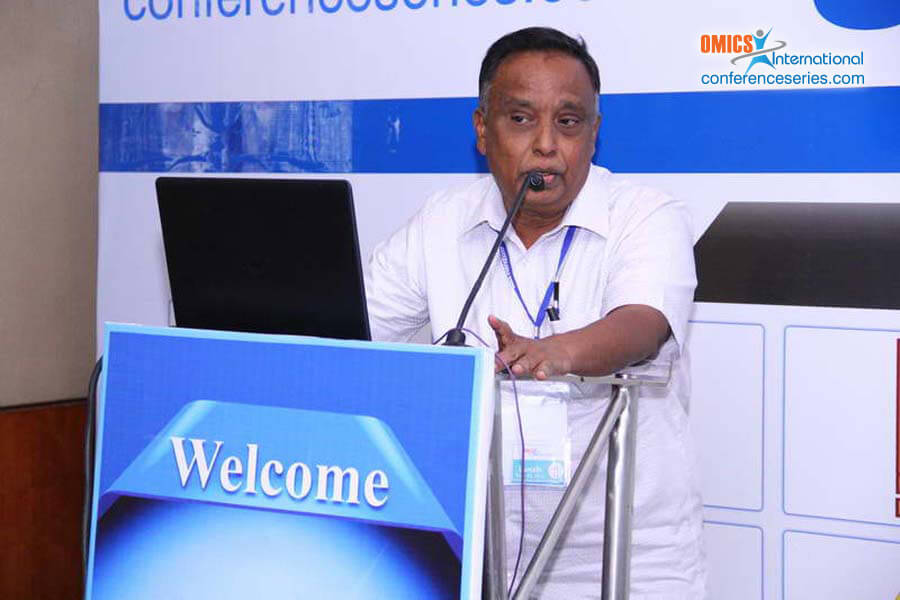
Lakshmipathi Vadlakonda
Kaktiya University, India
Title: 25 years of Akt, an evaluation of its function in cell survival and cancer
Biography
Biography: Lakshmipathi Vadlakonda
Abstract
Akt (Protein kinase B), a serine/threonine (S/T) protein kinase remained the epicenter of insulin and growth factor signaling (IIS) ever since it was discovered in 1991. Aberrant activation of Akt is the cause of major metabolic diseases especially cancer. Structurally, Akt contains an N-terminal AH/PH domain, a catalytic domain and the C-terminal hydrophobic domain. Phosphoinositides (PIs), PIP2 and PIP3 which are important constituents of cell membrane play critical role in Akt activation. Phosphorylation of Akt at T308 by 3-phosphoinositide dependent protein kinase 1 (PDPK1; originally PDK1) in the activation loop and at S473 by mechanistic target of rapamycin complex 2 (mTORC2) in the hydrophobic motif, is critical to its function. The phosphorylation of S473 seems to be promiscuous; it is phosphorylated by mTORC2 in response to nutrients but by IKKε/TBK1 under inflammation and by DNA-PK under DNA damaged conditions. Traditionally, the two phosphorylations together were viewed as important for its function but recent studies indicate that they have independent targets with diverging functions. A complex relation exists between Akt phosphorylations and the two mTOR complexes; mTORC2 is an upstream activator of AktS473 and mTORC1 is downstream target of T308. Akt S473 promotes glucose uptake, T308 activates mTORC1, triggers anabolic programs and plays critical role in inhibiting autophagy, mitophagy and inactivation of cell cycle progression. The talk will focus on the complex interactions of the two phosphorylations of Akt in modulating cell survival, in addition to discussing dynamic role of Phosphoinositides (PIs) in nutrition, health and disease.
Speaker Presentations
Speaker PPTs Click Here


